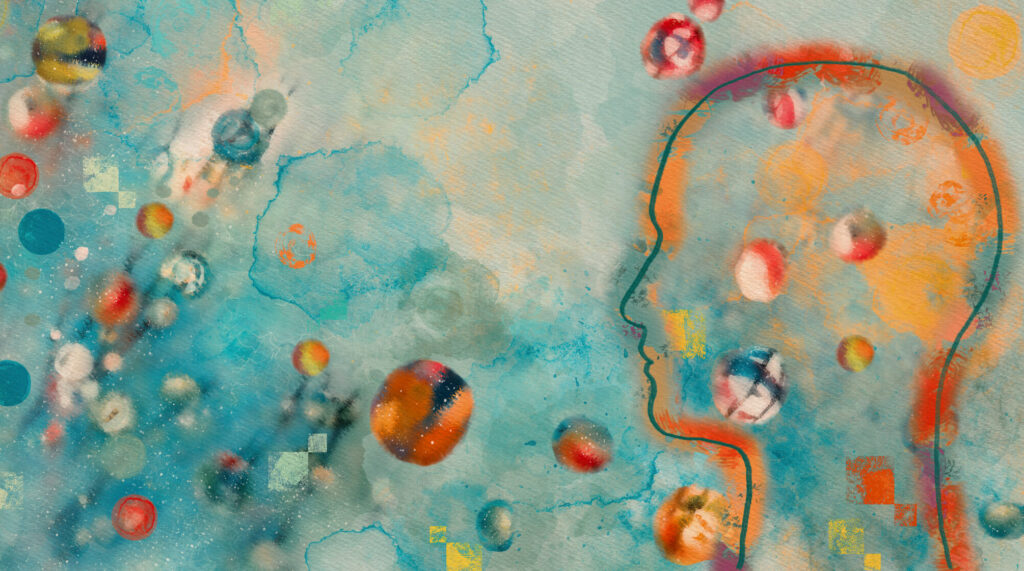The National Sleep Foundation lists the following as good sleep hygiene practices:
- Establish consistent sleep and wake schedules, even on weekends.
- Create a regular, relaxing bedtime routine such as soaking in a hot bath or listening to soothing music – begin an hour or more before the time you expect to fall asleep.
- Create a sleep-conducive environment that is dark, quiet, comfortable, and cool.
- Sleep on a comfortable mattress and pillows.
- Use your bedroom only for sleep and sex (keep “sleep stealers” out of the bedroom – avoid watching television, using a computer, or reading in bed).
- Finish eating at least two to three hours before your regular bedtime.
- Exercise regularly during the day or at least a few hours before bedtime.
- Avoid caffeine close to bedtime and give up smoking.
Katie Brooks, LCSW says:
If you are waking up in the middle of the night:
1) Avoid thinking at all costs. Do not wait…start immediately counting your exhales. Do not change you breathing, count to 4, and start all over again.
2) Pack an imaginary suitcase in your head. (The point is to think of something that does not stimulate you further).
3) If your thoughts wander gently, without judgment or frustration return to counting.
4) Try this for 20 minutes at least. If doesn’t work, turn on a very low light and read a book or magazine that you have already read or will not stimulate you.
5) Melatonin is a natural supplement that works well if you take it consistently.
6) Try a sleeping mask and make sure your room is completely dark.
7) If you are taking medication, contact your physician to have your medication properly managed.
8) Progressive muscle relaxation: Flex and relax each muscle of your body starting with your toes all the way to the crown of your head.
9) Listen to guided imagery or a guided meditation. You can find many of them on amazon.com or type in meditation for a Pandora.








